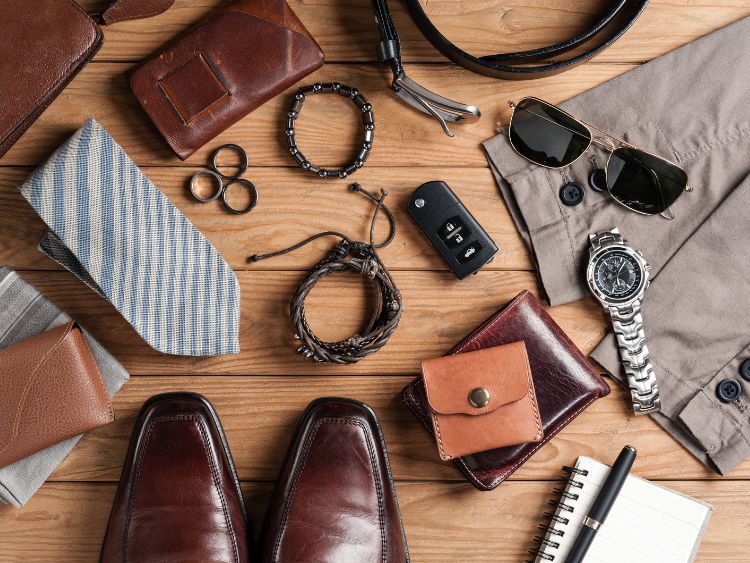Fashion photography goes beyond simply capturing images, it’s an artform that combines creativity as well as culture and commerce. But what is fashion photography when you have to define it in a single word? Is it visually-driven storytelling, culture mirror, or even an art of marketing? In its essence fashion photography is a challenge to straightforward definitions since it combines a variety of commercial and artistic aspects that have changed throughout the course of.
The Origins of Fashion Photography
The tradition of fashion photography goes to the 19th century, when advancements in technology for photography enabled the ability to photograph fashion and accessories in awe-inspiring details. In the beginning, fashion photography was used to document fashion trends and sharing the latest styles with the general public. Fashion photographs of the early days, usually published in magazines such as Vogue as well as Harper’s Bazaar, were very static and heavily influenced and influenced by portraiture tradition.
As the medium developed photographer began pushing the creative boundaries. The 1920s, and the 1930s the influence of the modernist art movements led to the introduction of new lighting and angles into the mix. Fashion photography evolved from simple photography to art deco photographers like Edward Steichen and Horst P. Horst creating iconic images that inspire the fashion industry to this day. This evolution of the art form raises the question of what do you think of as fashion photography during those early times? Maybe it was the beginning of wearing art that could be considered wearable.
The Role of Fashion Photography in Culture
Fashion photography functions as an indicator of culture, revealing the changes in society and changing standards. It is not just about the clothes; it also embodies the spirit of a particular era. For example, the flamboyant extravagant, free-spirited look of the 1960s fashion shows were a reflection of the counterculture driven by youth that was prevalent at the time. The 1990s, a time that was characterized by grunge and minimalism–saw fashion photography with unpolished, raw images.
Fashion photography is still to reflect the values of our society, and addresses questions like sustainability diversity, sustainability, and body positive. Through ads and editorial spreads fashion photographers present the current trends while also influencing fashion. What would you say about fashion photography within this context? Perhaps it’s a visual diary of the evolution of society.
The Art and Craft of Fashion Photography
Fashion photography is undoubtedly an art form. Every photo is a meticulously composed combination of lighting, composition fashion, style, and even emotion. Photographers work in close collaboration with makeup artists, models stylists, designers, and stylists in order to produce images which go beyond the mere appearance of clothing ads. The aim is to trigger an emotional response, create an engaging story, or take the viewer into a completely different world.
However fashion photography is an art which requires technical knowledge. From understanding the subtleties in lighting, to mastering post production techniques photographers need to combine imagination with a certain level of expertise. Every photo is the result of careful planning, whether it’s a high-energy runway photo or a calm editorial spread. Can we say that fashion photography is an ideal blend of precision and vision?
Fashion Photography as a Marketing Tool
Although it’s certainly beautiful but fashion photography is an effective marketing tool. It plays an important role in establishing brand identity and generating sales. Luxury brands such as Gucci as well as Chanel invest heavily in their fashion advertising campaigns and know that the appropriate images will define their brand for many years.
Platforms on social media have increased the commercial aspect in fashion photography. Digital creators and influencers face the traditional photographer, creating a fresh scene in the industry. Platforms such as Instagram have made fashion photography more accessible which makes it easier to access while raising the bar for innovation. In this age of immediate gratification and clickable links What is fashion photography? It could be the connection between art and commerce.
The Future of Fashion Photography
With the advancement of technology fashion photography continues change. The growth of AR (AR) as well as VR (VR) opens up new possibilities to experience fashion in a completely immersive way. Photographers are exploring 3D imaging drone photography, drone photography and artificial intelligence to push the creative boundaries even further.
In addition there is an increasing importance on diversity and authenticity. Fashion campaigns today emphasize diversity and representation and are moving away from unrealistic beauty standards. Photographers must balance aesthetic integrity and the need for genuine, relatable images. What is considered to be the art of fashion in this new environment? Perhaps it’s evolving into an avenue for activism through visuals.
Why Defining Fashion Photography Matters
The issue of what you consider to be fashion photography is not just an issue of semantics. The method we define it determines our perception of its place in the world of art, society and commerce. Is it just an instrument for promoting clothing or is it an instrument to express creativity? Does it reflect social norms or a tool for redefining and altering the norms of society? The truth is that fashion photography can be everything and more. Its uniqueness lies in its capacity to take up multiple spaces at the same time.
Conclusion
Fashion photography is an art form that combines creativity with culture, commerce, and art. Its transition from static photography to a dynamic narrative demonstrates its importance both in the commercial and artistic realms. So, what do you think of as fashion photography? It depends on your viewpoint–it could be a mirror of culture or marketing tool or even an avenue to promote activism. No matter what the title it is a fact that the world of fashion will never cease to be awe-inspiring and inspire as it evolves with the ever-changing world fashion.
